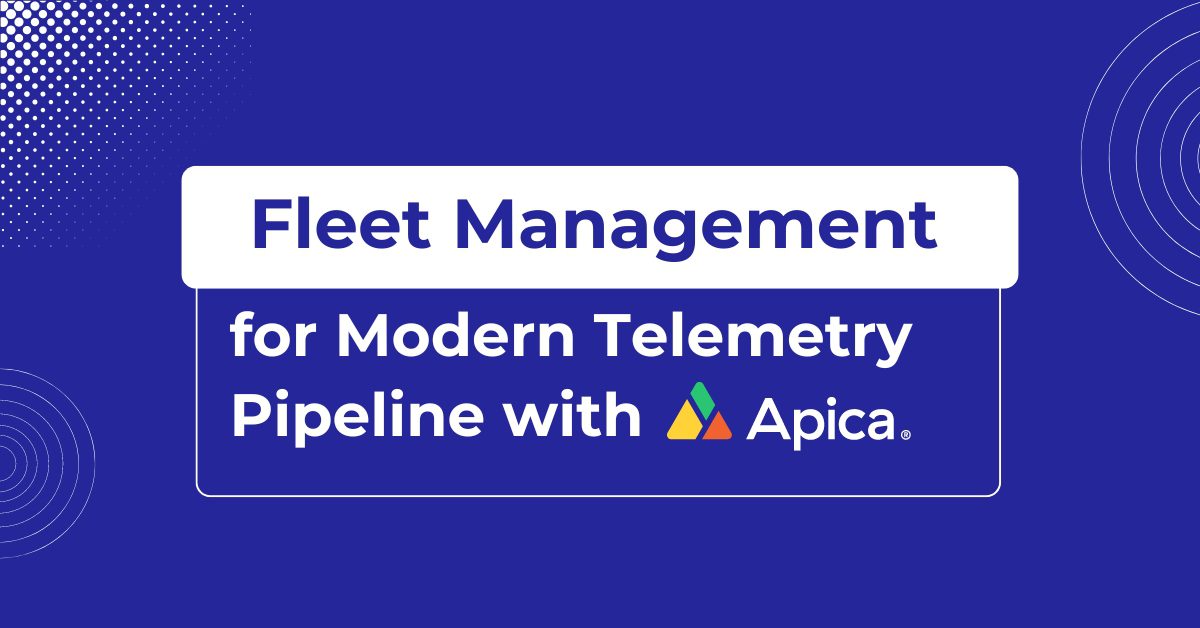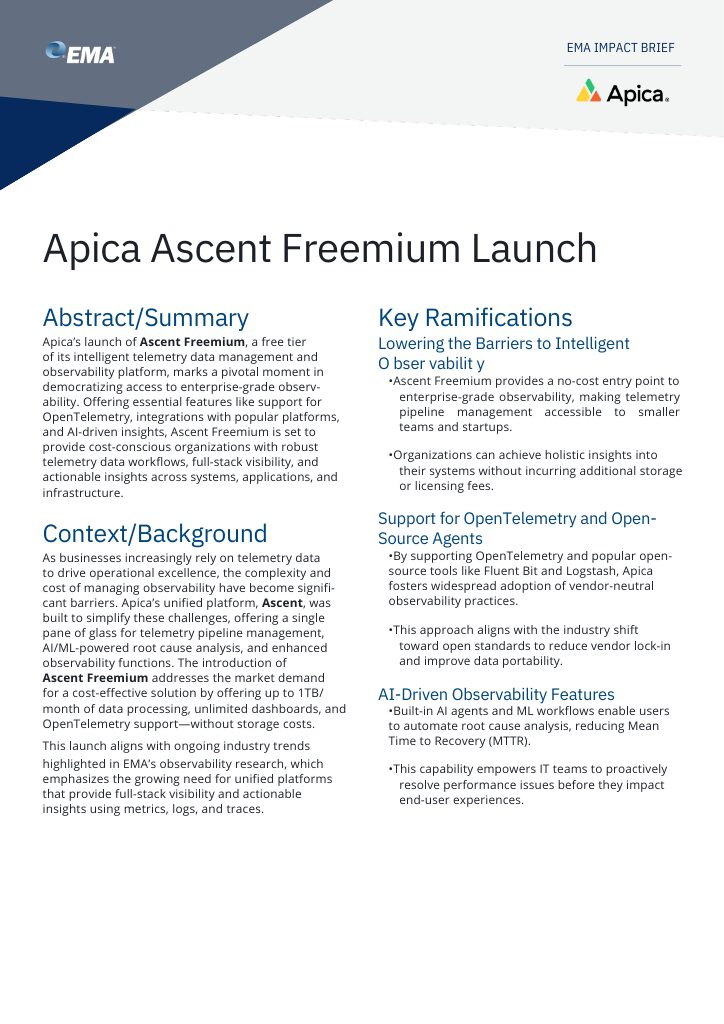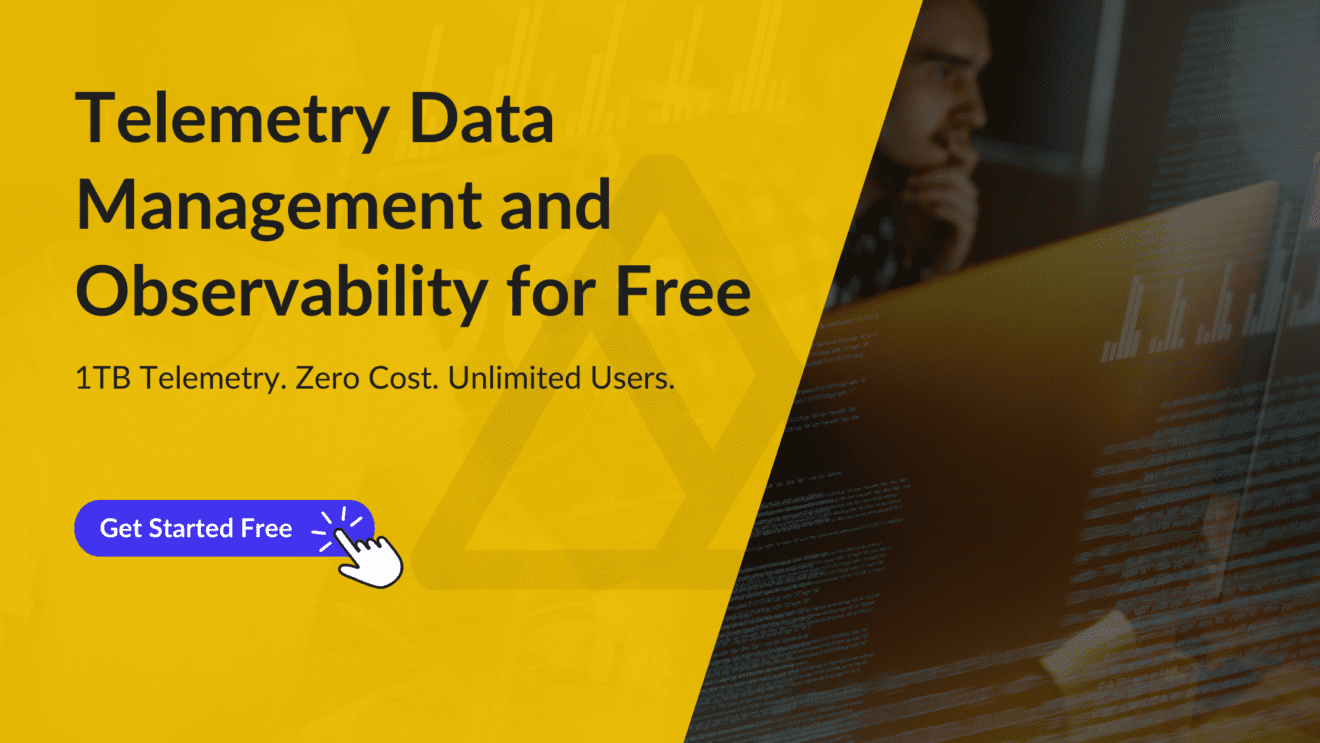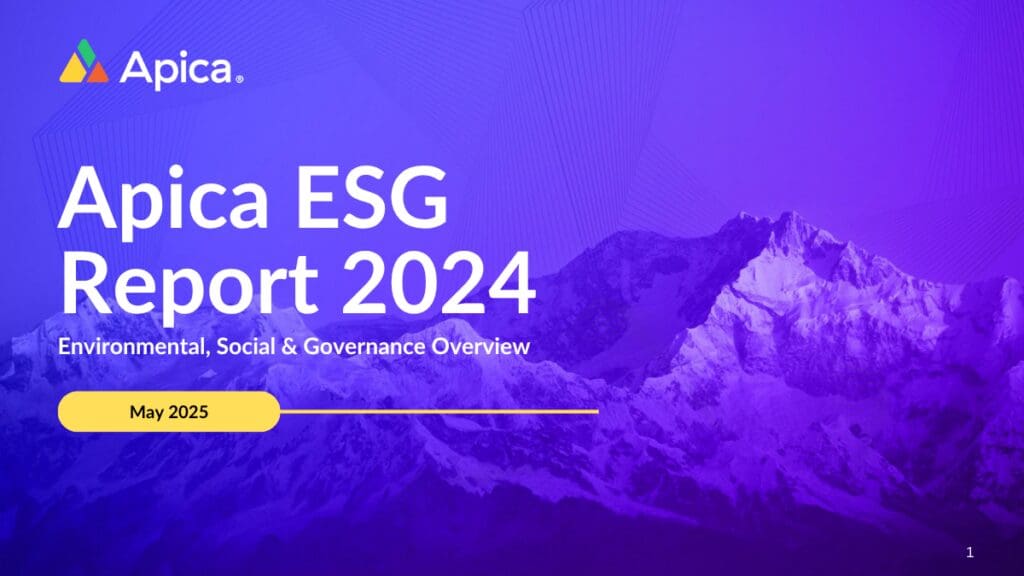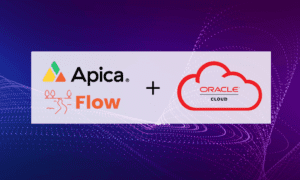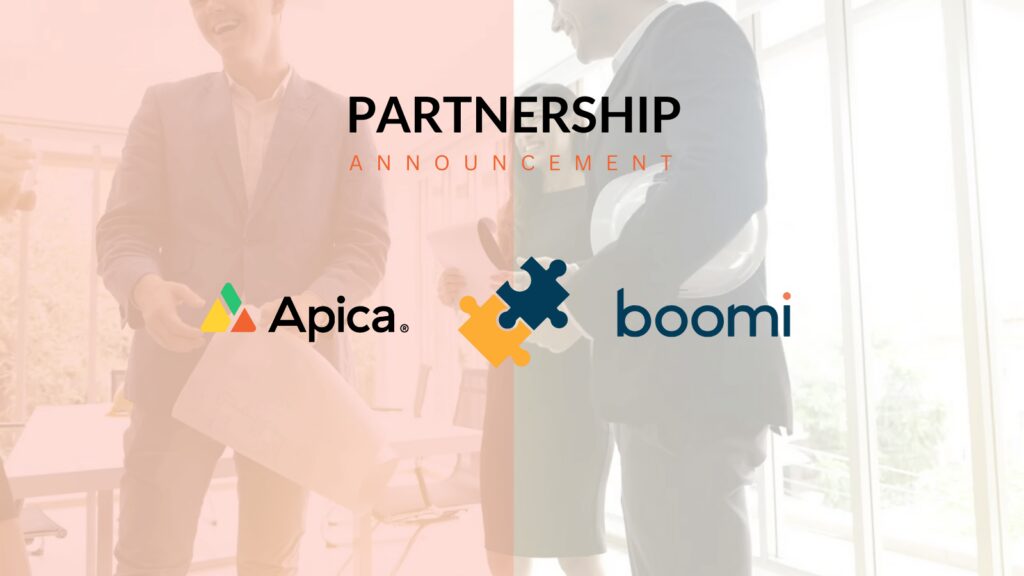With the onslaught of the data wave in recent years, it has become excruciatingly difficult for DevOps, SREs, ITOps, and SecOps to pinpoint and troubleshoot errors and anomalies using traditional observability methods. With that level of complexity, it is challenging to aggregate, correlate, and analyze the performance data, especially on distributed systems.
We understand the challenges faced by XOps heroes namely DevOps, ITOps, SecOps, and SREs in working with or around the limitations of commonly available platforms. Not to mention that having limited control over observability pipeline data feels limiting for the team. As a consequence, you frequently find yourself either paying for more infrastructure and services to control and support data quantities or relying on third-party solutions to exert greater control over data flow and quality.
Observability seems like a one-stop solution for monitoring, troubleshooting, and debugging in a cloud environment. But it’s important to note that observability is not a replacement for monitoring and APM, it’s more of an augmentation. Not that it’s ineffective, but it, of course, comes with its own set of challenges.
You may have embraced the strategy and implemented observability principles into your system. Or perhaps you’re looking forward to doing it. Whatever the case, you must be aware of the challenges faced by the teams and companies. The majority of businesses that use observability practices to monitor and enhance their cloud environment face the following challenges at one point or another:
Technical Challenges in Observability
- Speed, Volume, and Complexity
It is practically impossible to extract answers from the massive amounts of raw data generated by every component of today’s dynamic cloud systems like AWS, Azure, and Google Cloud Platform (GCP). According to a New Relic survey, only 27% of participants have achieved Active observability, with only 5% claiming to have an established observability strategy.
- Costly log retention
The high expense of log storage and retention is one of the greatest issues with products like Datadog. Because of this, many organizations decide not to save data longer than 30 days, which can be challenging if they try to delve deeper into main cause research or sophisticated recurring security risks.
- High Licensing Cost
A greater volume of data means greater licensing costs. Users of Platforms like Splunk face this challenge. Additionally, building structured data pipelines, which introduce extra data into the system, is one of the most frequent problems customers run across while installing Splunk.
- Data Retention
Data retention is yet another challenge associated with Splunk and other similar platforms. Additionally, there is an increasing requirement to tier storage with Splunk due to its expensive storage architecture.
- Partial Control Options
Users still have little control and access over their data pipelines, which presents another significant difficulty. Since observability data pipeline control isn’t built-in, you’ll need to buy a completely different product to manage data volume and delivery.
- Pre-Production issues
Developers have no ability to observe or comprehend how actual users will affect apps and infrastructure prior to sending code into production, even with pre-production load testing.
- Multiple vendors and tools
A single tool might offer observability into a particular area of an organization’s application architecture, but it not always offers complete observability across the system that might impact application performance.
Business Challenges in Observability
- Vendor Lock-in
When clients move data and other applications out of a cloud service, It’s common practice that many providers may charge a fee. The majority of clients are not aware of the proprietary standards that prevent systems from being interoperable and portable while adopting vendor services.
- Compliance
High cost in compliance is a pretty common issue with major observability cloud vendors today. Moreover, the time constraint in compliance often becomes a pain in the back.
- Data Ownership
A lot of businesses, depend on multiple vendors to meet various observability and security requirements. Each of them collects user’s data in one form or another. As a user, you have very little knowledge of what data is being collected. And most importantly, what are they doing with that data?
Any system your business depends on is severely compromised under this situation, but observability and security tools are particularly vulnerable. This is due to the fact that these technologies are most effective when they are fed segregated and organized data from a wide variety of sources.
Apica’s POV on Observability
We strive to provide XOps teams with total control over observability data pipelines. The data that needs to be ingested into your environment is filtered by our AI-enhanced data processing module, which only allows and facilitates necessary and high-quality data.
Moreover, Storage and computation processes are separated by LogFlow’s InstaStore. The main and primary storage tier used by InstaStore is object storage. Without the requirement for archiving or rehydrating, all of the stored data is instantly indexed and searchable.
Furthermore, With Apica’s InstaStore, you can compare archived data with the most recent ones in real-time while upholding 100% compliance and limitless retention.
You can easily aggregate logs, metrics, traces, events, and security logs using Apica’s Active observability data fabric to monitor your whole application and cloud infrastructure from a single interface. We facilitate the widest interoperability with environments thanks to our open standards and protocols, making it simple to onboard any data you want to retrieve.
Business and security solutions
Observability is essential for businesses complying with legal or regulatory requirements to safeguard sensitive data from unauthorized exposure. By having total visibility into the cloud computing environment via event logs, organizations can identify potential intrusions, security threats, and attempted brute force or DDoS attacks. You can save adequately on compliance costs with apica.io. Therefore, When it comes to compliance and security apica.io is your go-to platform.
Observability with Active Data Fabric gives you a holistic picture of your system by gathering information from every tier of your technology stack and making it readily available to customers. This enables you to swiftly identify problems’ root causes as well as to stop problems before they start.
Apica is your one-stop shop for managing and storing the entire observability data pipeline. You can provide your teams with complete observability data pipeline control, increased data value, less data complexity, quick insights, and zero data loss with Apica. Moreover, vendor lock-in is not an issue with us. We believe in no limitations or trade-offs, just observability.

